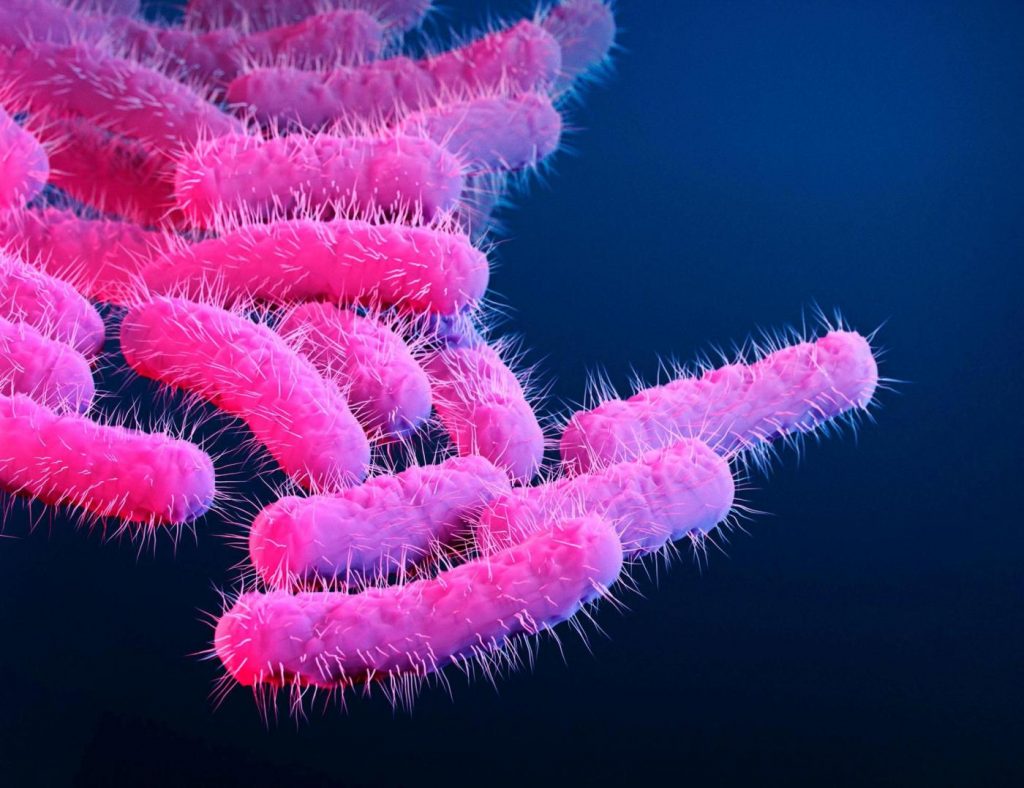Nine people have tested positive and 21 people have suspected cases of Shigella as Santa Clara County’s public health department continues to respond to an outbreak primarily impacting homeless encampments in San Jose, including several along the Guadalupe River.
The general public is advised to avoid using the Guadalupe River downstream of Highway 85 and Almaden Expressway “out of an abundance of caution,” Dr. Monika Roy, assistant health officer and communicable disease controller for Santa Clara County, said at a news conference Monday afternoon. People infected with Shigella have reported using the river for hygiene reasons, she said.
REALATED: San Jose weighs sanctioned encampments for 500 homeless people living near waterways
There are no reported cases along Coyote Creek, but the public health department is continuing to investigate, Roy said. Six of the cases have resulted in hospitalization.
“We think that the risk to the public continues to be low,” Roy said. “We know that with Shigella, only a little bit of the organism can cause infection.”
Shigella is a gastrointestinal illness that causes nausea, vomiting, diarrhea and abdominal cramping, Roy said at a June 18 news conference after the outbreak was detected around June 3. It primarily spreads through contact with infected stool or by eating or drinking contaminated food, according to the county’s Shigella fact sheet. While most individuals will resolve the disease on their own, some cases require antibiotics, Roy added, and it is only fatal in “rare cases.”
At the June 18 news conference, public health officials reported three confirmed cases, four cases under evaluation and 19 suspected cases. These cases were primarily affecting people experiencing homelessness in the Columbus Park area as well as some other encampments.
Testing the water for the presence of Shigella would be of “limited value,” Roy said, adding that a negative test would be true only for that specific spot at the moment it was taken and that the public health department is already taking all necessary actions as if the water was positive. The department is focused on improving sanitation, preventing new infections and ensuring infected individuals do not use the river.
“When you have a body of water like a river, there is less data on infection transmission in flowing bodies of water, and there’s certainly not the same mechanisms to remediate that you might have in, say, a backyard pool,” Roy said.
Related Articles
California lawmakers abandon attempt to repeal law requiring voter approval for some public housing
Pursuit suspect accused of driving SUV through California homeless man’s tent arrested
Winners and losers in California budget deal
What’s left for the Supreme Court to decide? Here’s the list.
Could a $20 billion bond measure help solve the Bay Area’s affordable housing crisis?
Roy added that people should wash their hands before eating and avoid touching their face as extra precautions.
The public health department is working on two levels, Roy explained: ensuring that organizations that work with affected individuals have the guidance they need to maintain clean facilities and protect themselves, and working directly with individuals in the homeless encampments to provide hygiene kits and clean water and ensure that people there do not use the river.
“My understanding is that, especially now we’ve been out there for a couple weeks, that we are familiar faces in these encampments,” Roy said. “People have recognized we’re here to help, and they’ve been appreciative.”


